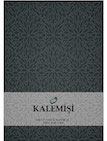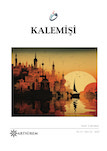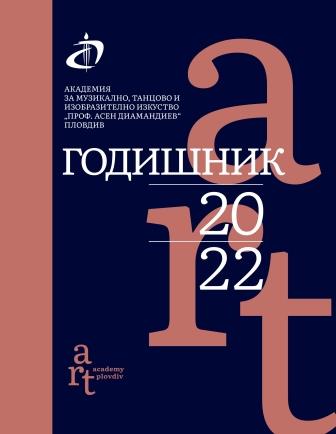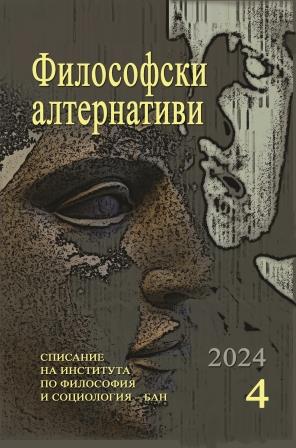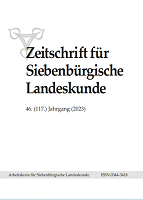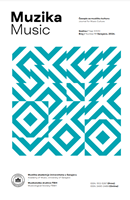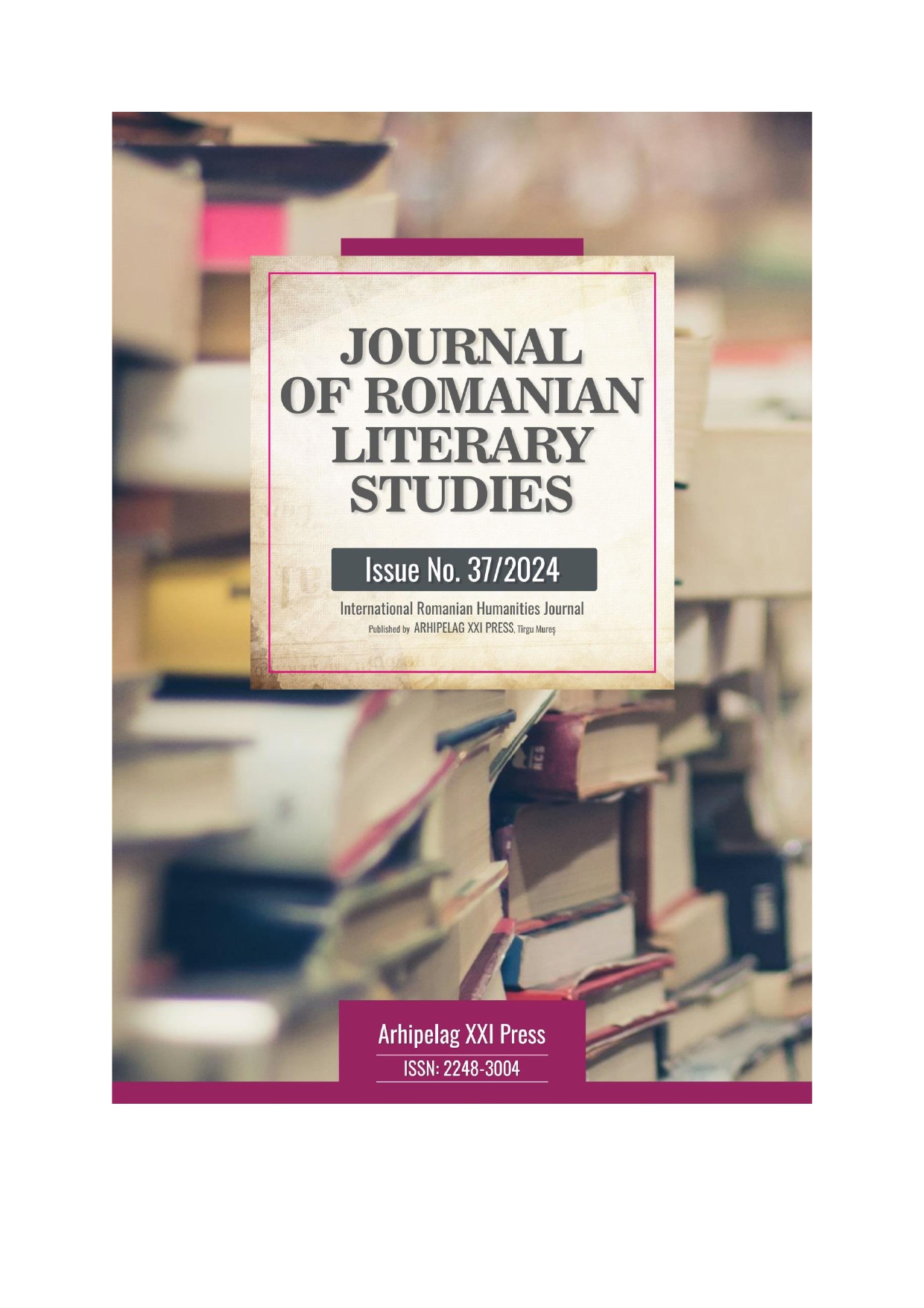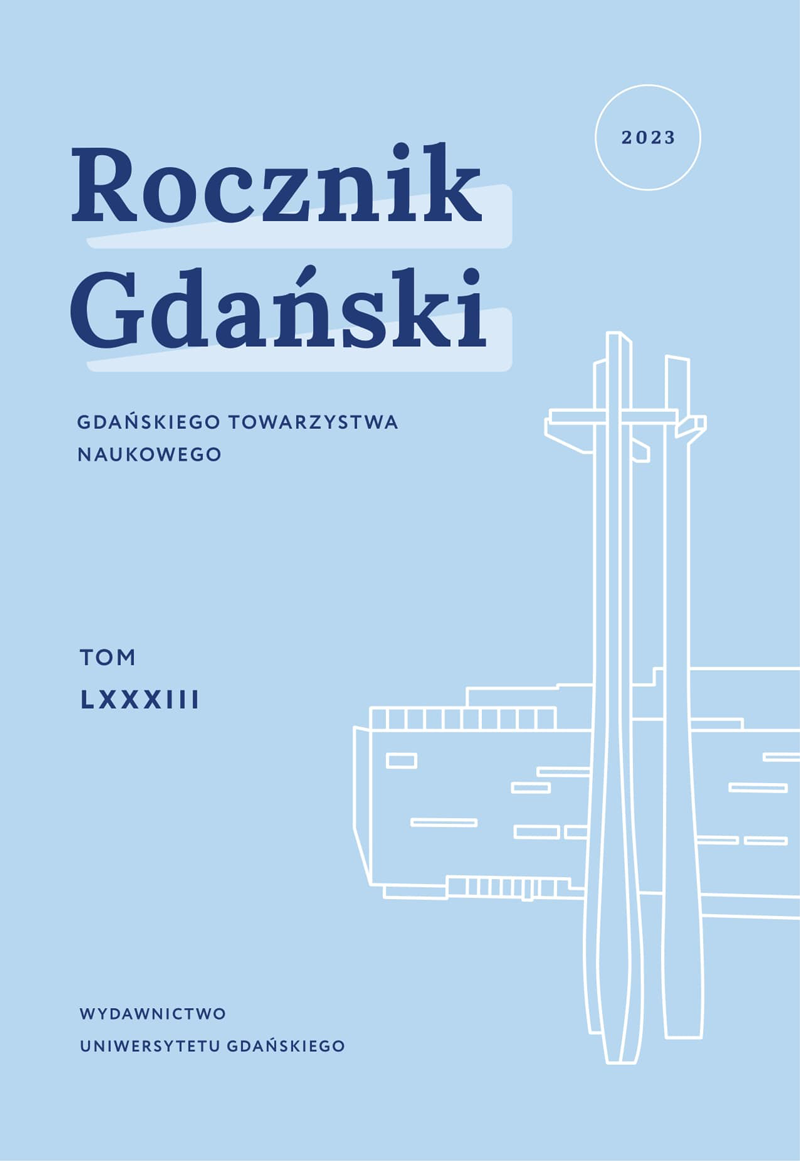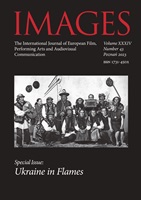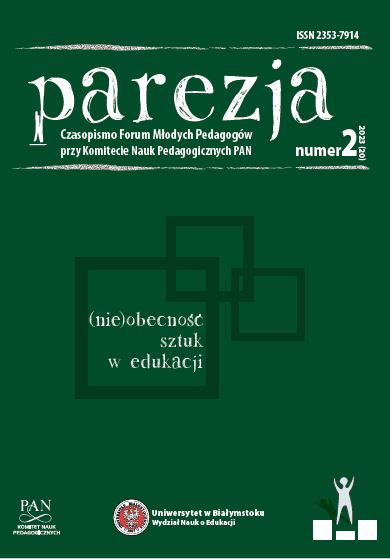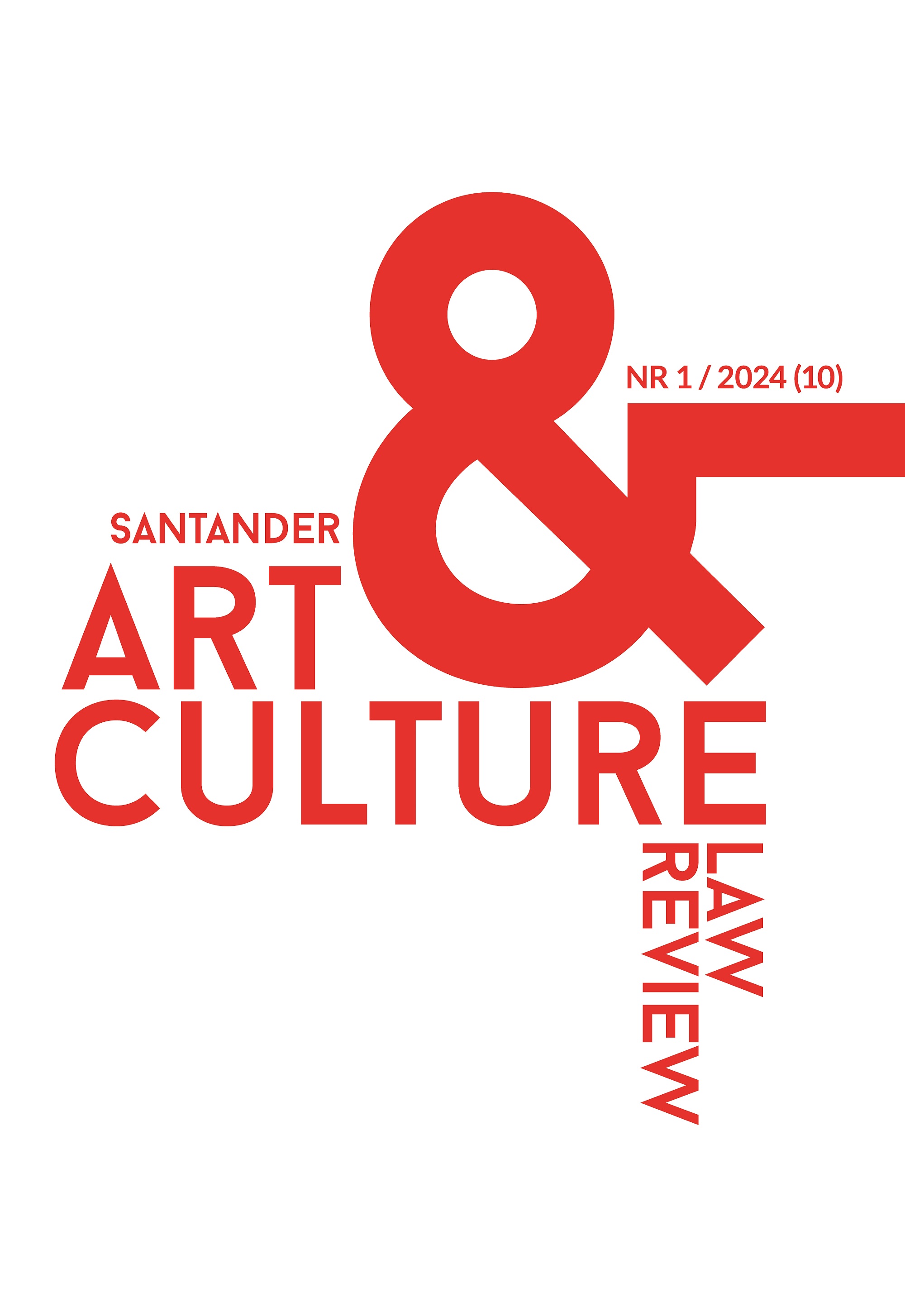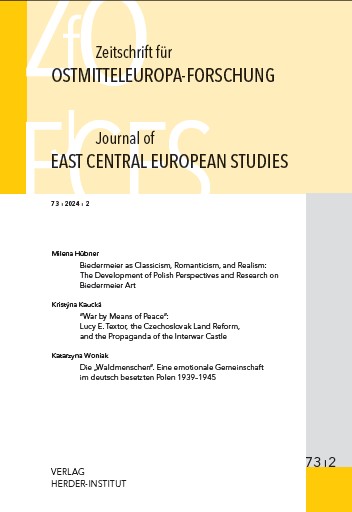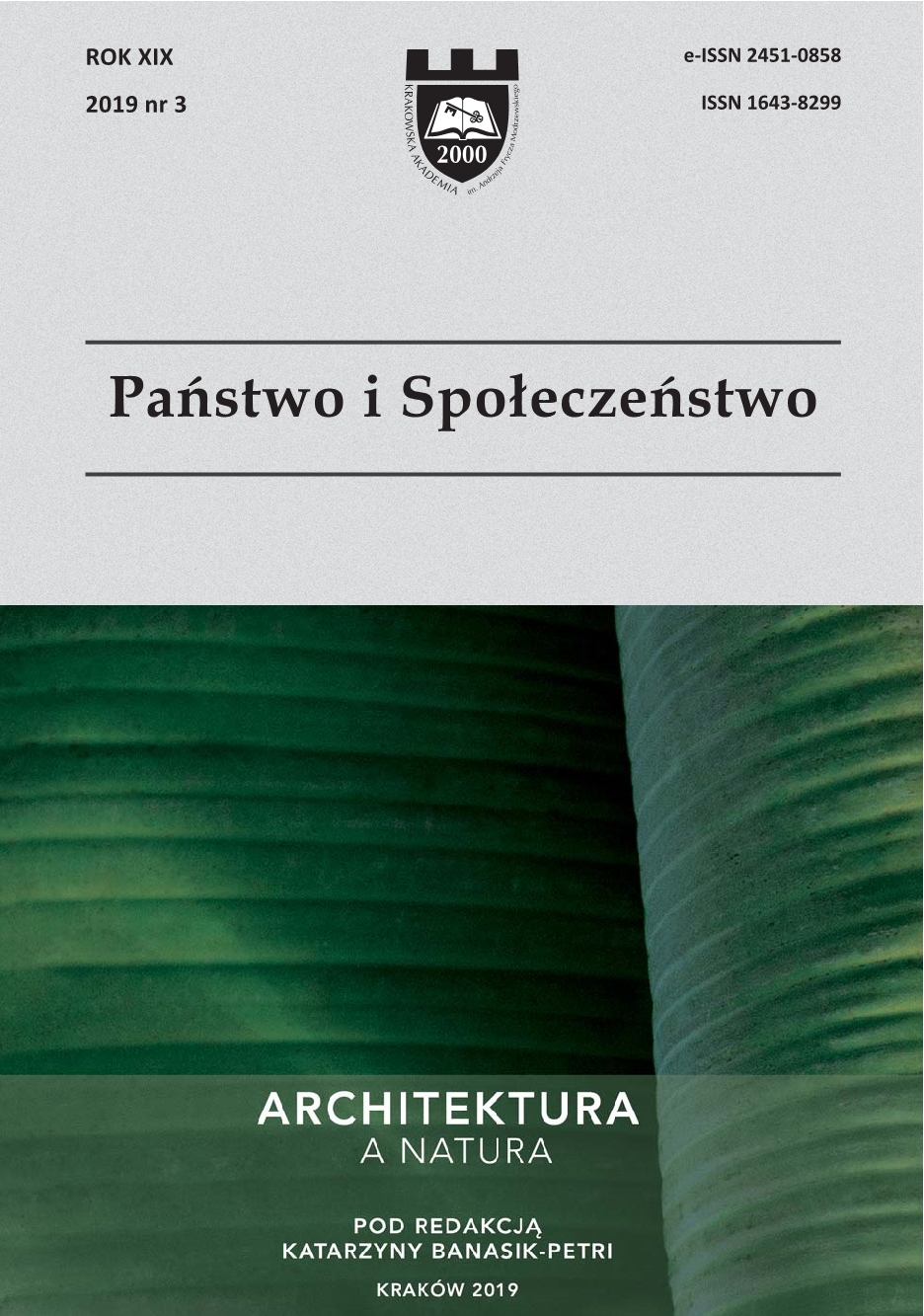
Ponadczasowa więź architektury i urbanistyki z naturą na przykładzie Chin – od Tao do współczesności
his article is the result of the author’s research done twice in China: a study trip organized by the Cracow University of Technology in 2014 and in 2019, during the Joint Studio programme co-organized by Andrzej Frycz Modrzewski Krakow University and Chinese Tsinghua University of Beijing. The subject coincides with this issue’s topic – the role of nature in architectural creations. China is a great example in this respect, where for thousands of years nature has been treated by the creators of cities and buildings with the highest respect and friendship, especially in the idea of Tao that arose around the 6th century BC. and used it successfully ever since. The relationship between nature and architecture/city planning has varied throughout history and has been intensified in different cultural eras and styles. This demonstrates a wonderful historical panorama. Moreover, it offers contemporary architects a universal, international and useful lesson about China, sustainability, ecology, and high aesthetics.
More...
